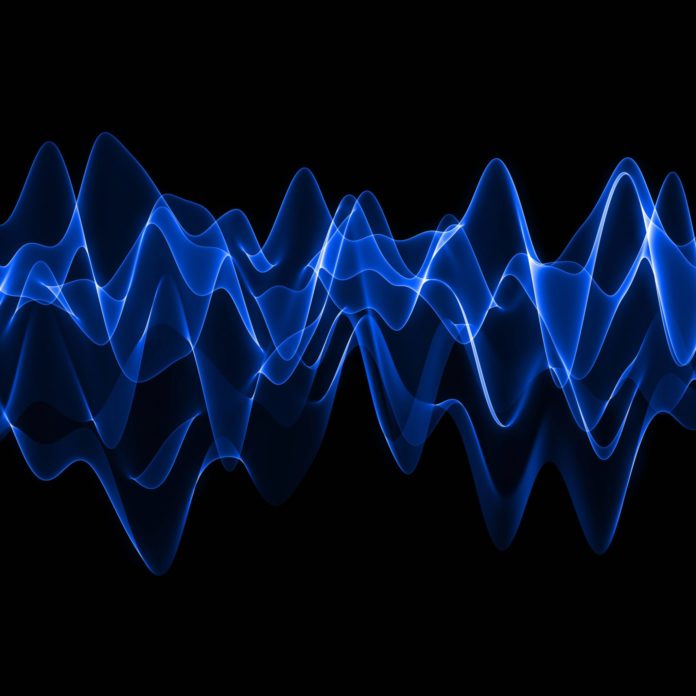5G will require more advanced backhaul solutions
Ericsson announced that its W-band (92 GHz -114 GHz) trials, conducted in partnership with Deutsche Telekom and Cosmote, proved the viability of the frequency bands for multi-gigabit wireless backhaul capacities for 5G and 6G.
Currently, wireless backhaul uses frequency bands from 4 GHz to 80 GHz to support 5G transport requirements. However, just as radio access networks need more capacity to keep up with demand, so do transport networks, making higher frequencies with broader channels for wireless backhaul more critical.
In the trial, the partners established a W-band wireless hop over a 1.5-km range with telecom grade availability using pre-commercial equipment. To show that the W-band has a similar long-term performance to E-band, the W-band hop was installed parallel to a 1.5-km E-band hop. According to Ericsson, the results were speeds of 5.7 Gbps over the 1.5 km distance and topped 10 Gbps over 1-km hops, proving that W-band (92GHz -114GHz) can perform on the same level as the E-band (70/80GHz).
“The evolution towards future-proof, cost-efficient and high-capacity wireless backhaul networks will play an important role to accommodate growing traffic demand, increased site location (including small and pico cells) and extend 5G services in the future,” stated Dr. Konstantinos Chalkiotis, vice president 5G Solutions, Access & Home Networks, Deutsche Telekom. “The results of our innovation trial with Ericsson confirm the feasibility of using higher frequency bands with wider channels as another solution in our portfolio to deliver high capacity and high performance backhaul for our customers in the 5G era. We hope soon to see those solutions brought into real production in a cost-efficient manner.”
Ericsson and Deutsche Telekom have worked together on wireless backhaul networks previously, and two years ago, achieved a data transmission rate by consistently topping 100 Gbps in a trial microwave link over 1.5km. The results represented 10 times greater throughput speeds than current commercial solutions on similar 70/80 GHz millimeter wave spectrum.
At the time, Deutsche Telekom’s SVP Strategy & Technology Innovation said, “Advanced backhaul solutions will be needed to support high data throughput and enhanced customer experience in the 5G era.”

